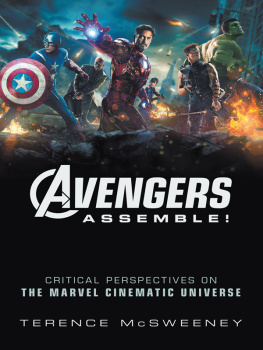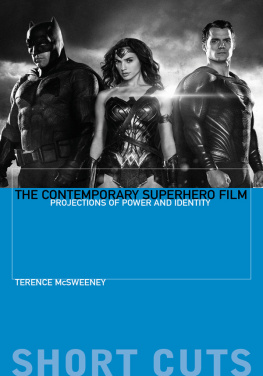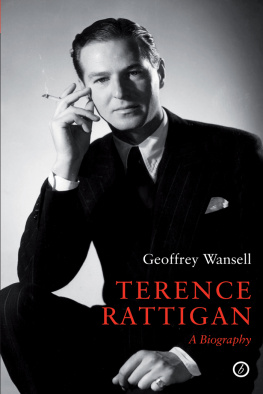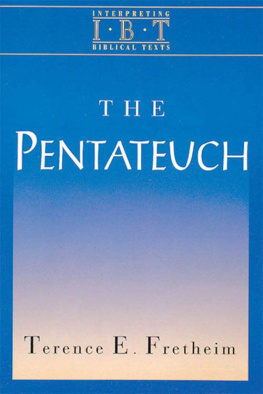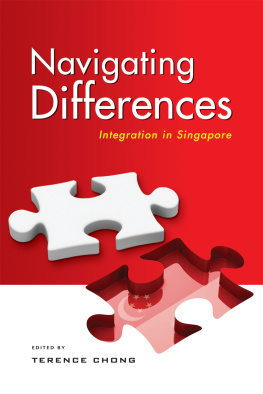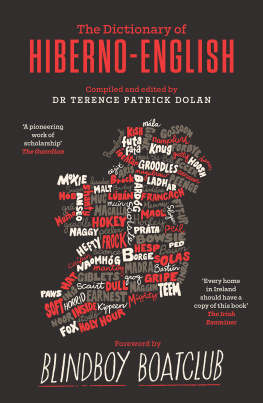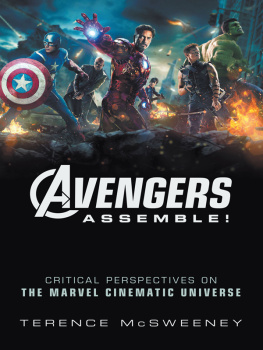
Advance praise forStudying The Hurt Locker
Terence McSweeneys account of The Hurt Locker is as punchy and pugnacious as Kathryn Bigelows movie is immersive. A masterful dissection of a weighty and important film that, as McSweeney says, continues to resonate for good and ill with audiences and critics alike. McSweeneys analysis is tellingly crisp and all the better for its no-nonsense style and whip smart observations. The film has been described as a twenty-first-century landmark in war cinema, a description which McSweeneys fascinating portrait complicates and questions at each and every turn. A terrific achievement.
Ian Scott, Senior Lecturer in American Studies, University of Manchester
Terence McSweeney always writes with clarity, insight and nuance, and this book is no exception. His ability to analyse film by illuminating the fine layers of its contemporary contexts and implications is on full display here, and its all organised in such a way that both scholars and students can find what they need. A great addition to the bookshelf for those studying war, film and post-9/11 politics.
Dr. Stacey Peebles, NEH Associate Professor of English and Director of Film Studies, Centre College
More than any war film since Saving Private Ryan, The Hurt Locker deserves close critical attentionas a skillful piece of filmmaking, a critically and commercially acclaimed Hollywood product, and a contribution to the debate about war as an indispensable part of American foreign politics. As the film continues to reward repeated encounters, Terence McSweeney helps us to see both its importance in its own historical moment and its continued relevance.
Steffen Hantke, author of Monsters in the Machine: Science Fiction Film and the Militarization of America after World War II
ALSO AVAILABLE IN THIS SERIES
Studying American Beauty Jeremy Points
Studying Bollywood Garret Fay
Studying The Bourne Ultimatum Neil Archer
Studying Chungking Express Sean Redmond
Studying City of God Stephanie Muir
Studying The Devils Backbone James Rose
Studying Disaster Movies John Sanders
Studying Ealing Studios Stephanie Muir
Studying Fight Club Mark Ramey
Studying Hammer Horror Victoria Grace Walden
Studying Hot Fuzz Neil Archer
Studying Ida Sheila Skaff
Studying The Matrix Anna Dawson
Studying Pans Labyrinth Tanya Jones
Studying Surrealist and Fantasy Cinema Neil Coombs
Studying Talk to Her Emily Hughes
Studying Tsotsi Judith Gunn
Studying Waltz with Bashir Giulia Miller
Forthcoming
Studying Shakespeare on Film Rebekah Owens
Studying Shaun of the Dead Holly Taylor
STUDYING THE HURT LOCKER
Terence McSweeney
Dedication
For Ben. Well always have Bolivia.
First published in 2019 by
Auteur, 24 Hartwell Crescent, Leighton Buzzard LU7 1NP
www.auteur.co.uk
Copyright Auteur Publishing 2019
Designed and set by Nikki Hamlett at Cassels Design www.casselsdesign.co.uk
All rights reserved. No part of this publication may be reproduced in any material form (including photocopying or storing in any medium by electronic means and whether or not transiently or incidentally to some other use of this publication) without the permission of the copyright owner.
E-ISBN 978-1-911-32574-1
British Library Cataloguing-in-Publication Data
A catalogue record for this book is available from the British Library
ISBN: 978-1-911325-73-4 paperback
ISBN: 987-1-911325-74-1 ebook
Contents
The Hurt Locker
A Voltage Pictures presentation, in association with Grosvenor Park Media and FCEF, of a Voltage Pictures, First Light, Kingsgate Films production.
Directed by Kathryn Bigelow.
Produced by Kathryn Bigelow, Mark Boal, Nicolas Chartier, Greg Shapiro.
Screenplay by Mark Boal.
Crew -
Director of Photography, Barry Ackroyd; editors, Bob Murawski, Chris Innis; music, Marco Beltrami, Buck Sanders; music supervisor, John Bissell; production designer, Karl Juliusson; art director, David Bryan; costume designer, George Little; sound (Dolby Digital), Ray Beckett; sound designer, Paul N.J. Ottosson; stunt coordinator, Robert Young; special effects supervisor, Richard Stutsman.
Running time: 127 minutes.
Cast - Staff Sgt. William James - Jeremy Renner, Sgt. J.T. Sanborn -Anthony Mackie, Specialist Owen Eldridge - Brian Geraghty, Sgt. Matt Thompson - Guy Pearce, Contractor Team Leader - Ralph Fiennes, Col. Reed - David Morse, Connie James Evangeline Lilly, Col. John Cambridge - Christian Camargo, Beckham - Christopher Sayegh.
Budget - $15 million.
Domestic Box Office - $17 million.
International Box Office - $32.2 million.
Release Date - September 4 2008 (Venice), June 26 2009 (United States), August 28 2009 (UK).
Figure 28- The films final image of James walking towards the horizon as the countdown begins again.
The myth of war and the drug of war wait to be tasted. The mythical heroes of the past loom over us. Those who can tell us the truth are silenced or prefer to forget. The state needs the myth, as much as it needs its soldiers and its machines of war, to survive.
Chris Hedges, War is a Force that Gives Us Meaning (2002: 173)
Kathryn Bigelows The Hurt Locker (2008) is without a doubt one of the definitive American war films of the twenty-first century. It was the first film from the genre to have won an Academy Award for Best Picture since Oliver Stones Platoon (1986) more than twenty years before and it received more than a hundred different awards all over the globe throughout 2009 and into 2010. During the lead up to the 2010 Academy Awards the film found itself pitched against the science fiction blockbuster Avatar (2009) directed by Bigelows former spouse, James Cameron, a fact that the media devoted a considerable amount of time to discussing, especially when both films were the recipient of exactly nine nominations apiece. Ultimately, The Hurt Locker was the winner on the evening of 7 March 2010, securing six Oscars: Best Picture, Best Director, Best Original Screenplay, Best Film Editing, Best Sound Editing and Best Sound Mixing, with Avatar the winner of three (Best Art Direction, Best Cinematography and Best Visual Effects). While on the surface, The Hurt Locker and Avatar seem far removed from one another one is a visceral depiction of the day-to-day experiences of a United States Army Explosive Ordnance Disposal unit (EOD) deployed in Iraq in 2004 and the other is a science fiction action-adventure set in and around the fictional planet of Pandora in the second half of the twenty-second century on closer consideration it is clear to see that they are both immersed in the turbulent geopolitical climate of the post-9/11 era which becomes dramatically realised within the frames of their screens. Bigelows film might be a direct representation of the then still ongoing Iraq War (2003-2011), but the interplanetary colonial narrative of





